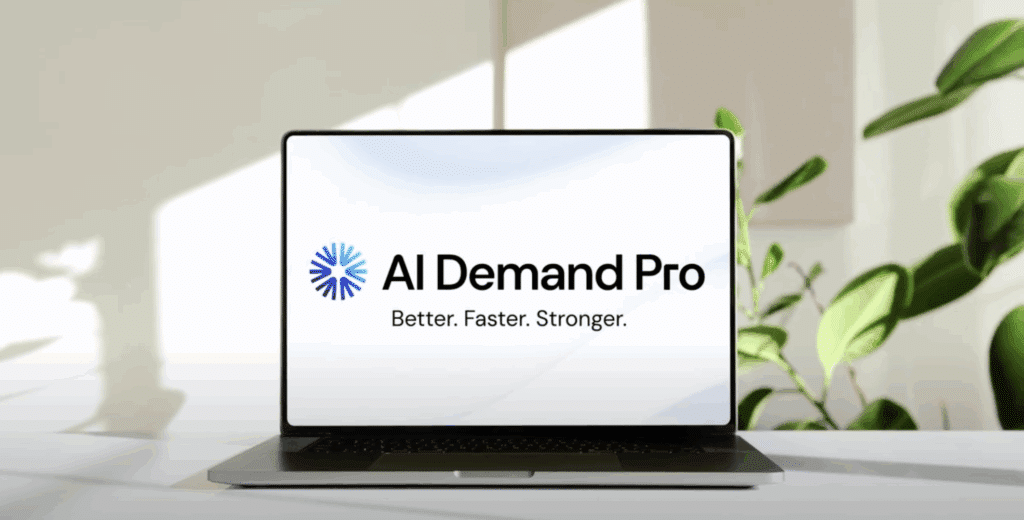Blog >
How Accurate Are AI-Generated Personal Injury Demand Letters?

In this blog
When navigating the personal injury settlement process, time is a precious commodity. After collecting all of the necessary medical records and bills (a process that can take weeks in and of itself), the legal team will need to draft the personal injury settlement demand—a task that, depending on the complexity of the case, can take anywhere from a few days to a few weeks. That’s time that clients don’t have as they struggle to pay bills and keep up with all of the chaos that naturally unfolds following the personal injury that incited this personal crisis.
As personal injury firms work to achieve fast, positive results for their clients, AI-generated settlement demands are a powerful tool, offering significant advantages in accuracy, speed, and efficiency (when done right with AI optimized for this specific task). Let’s take some time to review the makings of a strong personal injury settlement demand, the accuracy that optimized AI can bring to the table, and how to find the right AI software for your needs.
What Goes into a Great Personal Injury Settlement Demand?
The purpose of a personal injury settlement demand is to convince an insurance company or other responsible party to pay a client for injuries sustained by outlining the circumstances of the injury and reviewing all of the medical treatments and costs incurred resulting therefrom. To be truly effective, a settlement demand must meet the following criteria:
- Employ a legal and professional tone
- Provide case-specific details and map out a strong factual timeline
- Make persuasive yet concise arguments regarding the defendant’s liability and the plaintiff’s damages and pain and suffering
- Achieve clarity through proper structure and citations
Until recently, the industry norm has been for personal injury firms to employ teams of writers to pour over medical records and bills to draft narratives of their clients’ medical journeys. Once completed, these drafts are reviewed for the criteria listed above and polished by attorneys before being sent out. Unfortunately, this process has long been tedious and labor-intensive, prolonging the time a client (and the firm) has to wait to receive compensation.
Fortunately, AI-generated settlement demands are changing the norm.
The Impressive Accuracy AI Brings to the Table
Conventional wisdom holds that “slow and steady wins the race.” So it’s little wonder that when an AI platform can generate a personal injury settlement demand in less than 30 minutes, some might question whether quality can keep up. In reality, some legal AI tools prove that speed and precision are no longer mutually exclusive.
“Staff time is wiped out completely,” says Matthew D. Easton, managing partner of Easton & Easton, a firm that has been implementing AI-generated demand letters for its clients to great success. “Their time is basically just spent uploading the medical records and documents to the service. Then it creates this amazing first draft of the settlement demand. And they maybe at most spend an hour reviewing it just for accuracy because the narrative tone of the writing by AI Demand Pro is so spot-on with how great lawyers write settlement demands. It writes like a 15-year veteran PI lawyer. So, it has actually leveled up the work-product of all our demand-writers and younger associate attorneys to match the level of our best attorneys. It really blows your mind when you see it as a lawyer.”
That is the promise of AI-generated settlement demands: settlement demands that read like they were written by a lawyer, delivered in less than 30 minutes. As Easton & Easton and other personal injury firms have discovered, AI-generated settlement demands can quickly and efficiently meet the following criteria:
- Consistency and Standardization: The right AI platform can ensure a uniform format, consistent language, and the inclusion of standard legal clauses across multiple settlement demand letters.
- Data Integration and Organization: AI can quickly process and integrate case facts, dates, and relevant information into personal injury settlement demand drafts.
- Access to Vast Legal Information: Depending on the platform, AI can access and incorporate relevant legal precedents and statutes into personal injury settlement demand drafts.
With AI taking care of the brunt of reviewing and summarizing medical documents, lawyers are only left with two responsibilities:
Reviewing the draft to verify facts, approve the legal reasoning, and ensure that the letter aligns with the overall legal strategy and client needs.
Dedicating the rest of their now available time to higher-level strategic thinking, client communication, and negotiation—i.e., the reason they became lawyers in the first place.
Not All AI Software Is Created Equal
Creating an effective AI-generated settlement demand is not as easy as putting a prompt into ChatGPT and sending off whatever comes out. After all, that platform and many like it are built for general use and, as such, deliver general results.
When using AI to write for a specific audience, you want to use an AI engine that has been trained and optimized using data specific to that audience. In other words, a personal injury firm would want to use an AI engine that has been trained using only personal injury information specifically to write personal injury settlement demands in the proper legal language and tone of a practicing PI lawyer. Otherwise, you run the risk of generating settlement demands that are overly generic, lack factual nuance, or take an inappropriately informal (or too formal) tone.
When considering potential AI-generated settlement demand software, be sure to ask three questions of each candidate:
- Was the software designed with the involvement of practicing PI attorneys or legal experts?
- Can the software incorporate medical chronologies and case-specific data in a medical narrative form into the settlement demand the way a PI lawyer would (not just a medical chronology provider-by-provider)?
- Does the AI-generated settlement demand sound like something a real attorney would send?
This is an issue that Easton & Easton encountered while searching for an AI solution for its settlement demands. Many of the options on the market were unable to provide a narrative medical summary in the settlement demand, delivering instead a medical chronology structured provider-by-provider, which was significantly inferior to the format the firm had been producing in-house with its demand-writing department. That is, until Easton & Easton found AI Demand Pro.
“We used to have a constant bottleneck of settlement demands waiting to be drafted for attorney review, despite a hard-working, dedicated demand writing department,” says Easton. “Now, after using AI Demand Pro for more than a year, we are caught up and every demand is drafted immediately within a matter of minutes after we have received the medical records and bills. It has been an absolute game-changer and finally allows our firm to grow as fast as we want to grow without having to increase our workforce.”
Embrace Efficient Legal Drafting with AI
As your firm pushes to increase its output while still meeting your clients’ needs without burning out your lawyers, AI-generated settlement demands are just the tool you need. For Easton & Easton, it has translated to a 100 percent increase in demand volume and a 40 percent increase in revenue in just the first 6 months of using the product.
That success isn’t guaranteed with every AI platform, though. Ensure that you choose an AI platform that is purpose-built to deliver highly accurate, professional, and effective personal injury settlement demands. From there, you’re set to save time, increase consistency, and even improve settlement outcomes.
Ready to see how AI can generate a powerful settlement demand in minutes? Schedule a Demo and we’ll generate a live demand for you in minutes — even using one of your own cases if you like.
Check Out Other Blogs
How to Draft a Demand Letter with AI: A Step-by-Step Guide for Personal Injury Law Firms
Done right, an AI demand letter is persuasive, evidence-backed, and positioned to maximize settlement value.
Can AI Help You Win Bigger Settlements? Here’s What the Data Says
For decades, firms relied on manual case review and staff-heavy workflows. But with mounting caseloads, staffing shortages, and increasing pressure for faster resolution, many are turning to AI for help.
From Inbox to Settlement: Streamlining Your Case Workflow with AI
When tragedy strikes, clients and attorneys alike want swift results. Fortunately, AI is drastically changing how this work is done, offering powerful tools that streamline every step of the personal injury workflow.
Partner with AI Demand Pro for Better, Faster Demands
Are you struggling with long drafting processes, settlement demand bottlenecks, demand quality and accuracy issues, and/or staff turnover? AI Demand Pro can help with all of these issues. Schedule a demo with a member of our team and watch a live demo of how quickly you can create better, faster, stronger personal injury settlement demands in minutes.



